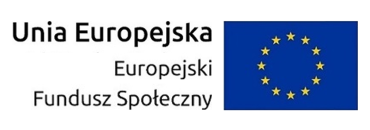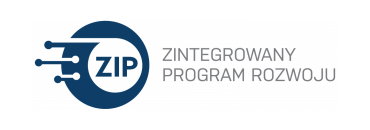LOGICS OF GRADED CONSEQUENCE
- Prelegent(ci)
- Soma Dutta
- Afiliacja
- The Institute of Mathematical Sciences, Chennai, India
- Termin
- 28 lutego 2014 14:15
- Pokój
- p. 5820
- Seminarium
- Seminarium badawcze Zakładu Logiki: Wnioskowania aproksymacyjne w eksploracji danych
Pelta
[6]: Until now the construction of
superficial many-valued logics, that is, logics with an arbitrary number
(bigger than two) of truth values but always incorporating a binary consequence
relation, has prevailed in investigations of logical many valuedness.
It seems human brain does not always
derive conclusions, certain to some
degree, from a set of information, which are also certain to some degree, with
full certainty. The prevalent prescriptions of logics do not handle that
uncertainty of ‘deriving’ properly. The same concern was echoed in the lines of
Parikh [5], where he mentioned [. . .] we
seem to have come no closer to observationality by moving from two valued logic
to real valued, fuzzy logic. A possible solution [. . .] is to use continuous
valued logic not only for the object language but also for the metalanguage.”
And, perhaps, Zadeh’s extended fuzzy logic [8] also could be counted as an
account of the same concern.
I shall present the formal theory of
graded consequence (GCT), which is in existence from 1987 [1–4], as a general
framework for the metatheory of a logic where deriving partially true conclusion from a set of partially true
premises is also a matter of grade. The idea behind the notion of GCT is,
given a set X of premises, whose
truth/credibility are of matter of grade, and a prospective conclusion a, which is also
true/believable to some extent, the process of deriving a from X, denoted by X |~ a,
could also be a matter of grade. A graded consequence relation [2] is thus, a
fuzzy relation (|~) from a set of all sets of formulae (P(F)) to the set of all
formulae (F), satisfying
(GC1) if a Î X then gr(X |~ a) = 1
(reflexivity/overlap),
(GC2) if X Í Y then gr(X |~ a) £ gr(Y |~ a)
(monotonicity/dilution), and
(GC3) infbÎY gr(X |~ b) *m gr(X ÈY |~ a) £ gr(X |~ a) (cut),
where
gr(X |~ a),
the degree to which a follows from X, is an element of a complete residuated
lattice (L, Ù, Ù, *m, ®m, 0, 1). The semantic
counterpart of the notion starts with a collection of fuzzy sets of formulae,
say {Ti}iÎI , which may be regarded as the initial context
formed by a set of experts assigning values to the object level formulae.
The discussion above gives an idea
about the metatheory of GCT. We shall concentrate on the logic building part
based on the metatheory of GCT.
In this presentation we first
present the idea of generating different logics of graded consequence, and show
that the many-valued logics can be rediscovered following this scheme. Then we
would try to exploit this general framework of GCT, which allows to have the
flexibility of choosing different logical bases for different layers of
decision making, in order to show a good connection with the key ideas of a
decision support system [7], typically an interactive system between two
agents, an human user and a decision making machine.
References
1. M. K. Chakraborty. Use of fuzzy set theory in
introducing graded consequence in multiple valued logic. In M.M. Gupta and T.
Yamakawa, editors, Fuzzy Logic in
Knowledge-Based Systems, Decision and
Control, pages 247–257. Elsevier Science Publishers, B.V.(North Holland), 1988.
2. M. K. Chakraborty. Graded consequence: further
studies. Journal of Applied Non-Classical
Logics, 5(2):127–137, 1995.
3. M. K. Chakraborty and S. Dutta. Graded
consequence revisited. Fuzzy Sets and
Systems, 161(14):1885–1905, 2010.
4. S. Dutta, S. Basu, and M.K. Chakraborty.
Many-valued logics, fuzzy logics and graded consequence: a comparative
appraisal. In K. Lodaya, editor, Proc.
ICLA2013, LNCS 7750, pages 197–209. Springer, 2013.
5. R. Parikh. The problem of vague predicates. In
R.S. Cohen and M. Wartofsky, editors, Language,
Logic, and Method, pages 241–261. D. Ridel Publishing Company, Dordrecht, 1983.
6. C. Pelta. Wide sets, deep many-valuedness and
sorites arguments. Mathware and Soft
computing, 11:5–11, 2004.
7. R. Spiegel and Y. Nenh. An expert system
supporting diagnosis in clinical diagnosis. In K. Morgan, J. Sanchez, C. A.
Brebbia, and A Voiskounsky, editors, Human
perspective in the internet society: culture, psychology and gender, pages
145–154. WIT press, 2004.
8. L.A. Zadeh. Toward extended fuzzy logic - a first
step. Fuzzy Sets and Systems,
160:3175–3181, 2009.
 Nie jesteś zalogowany |
Nie jesteś zalogowany |
















